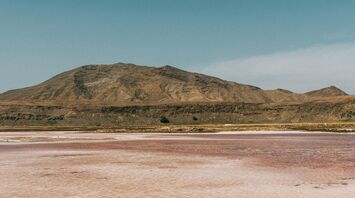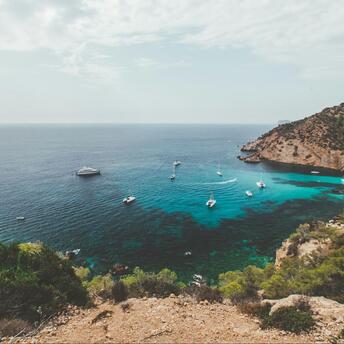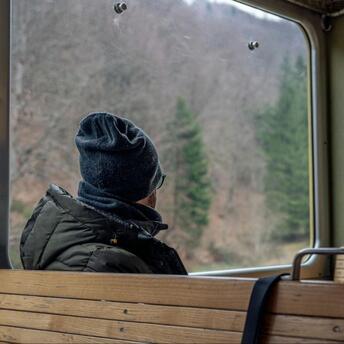Cape Verde: A Surprising Hiking Hot Spot Off the Coast of Africa

Cape Verde, particularly the island of Santo Antão, offers a remarkable hiking experience where nature and culture merge seamlessly. Life here feels at the mercy of the elements, with hikes revealing a warm and welcoming community, ending in passionate songs accompanied by warming rum.
On Santo Antão, the contrast between noise and silence is striking. One moment, the sound of the ocean, trade winds, and local music fills the air; the next, a profound silence can be found in the island's sheltered spots, highlighting its remote and captivating nature.
The island, part of a 10-island nation 350 nautical miles off the West African coast, is characterized by rugged landscapes, from towering cliffs to lush valleys. Cape Verde’s history, shaped by volcanic activity and colonization, has created a unique Creole culture. The people speak both Portuguese and Cape Verdean Kriolu, embodying concepts of morabeza (warmth and openness) and sodade (a deep longing).
Exploring Santo Antão’s Green Valleys
Santo Antão, without an airport, is accessed via ferry from Mindelo on the neighboring island of São Vicente. Mindelo is a vibrant port town with brightly painted streets and rich street art, including tributes to Cesária Évora, Cape Verde’s most famous morna singer.
After arriving in Santo Antão, a taxi to Pombas and a hike along the Ribeira do Paúl reveal Cape Verde at its greenest. The valley, filled with sugarcane, bananas, and vibrant wildlife, offers a striking contrast to the desolate terrain. The trail leads to Pico de Antónia, where local hospitality is exemplified by encounters with residents such as Alcinda Fonceca, who runs a café in the mountainous hamlet.
Savoring Local Flavors
The hike ends at O Curral in Chã de João Vaz, where homemade juices, cheeses, and grogue (rum distilled from sugarcane) are offered. Grogue, Cape Verde’s national drink, has been produced since the Portuguese arrived, with the best coming from Santo Antão.
In Ponta do Sol, a town at the island’s northern tip, local bars offer an inviting atmosphere. Cantinho da Música, owned by Jaqueline Santos, provides a roof terrace for guests to enjoy drinks like xtomperod (grogue mixed with honey liqueur) and live music, creating a vibrant and communal experience.
Discovering Remote Trails
Walking is essential for experiencing Santo Antão’s deep connection to its landscape. Many villages have no roads, and locals often trek long distances. Trails used for centuries by locals are now drawing hikers, offering a glimpse into the island’s unique way of life.
Ponta do Sol’s B&B Coração, built by Belgian expats, offers views of the ocean and abandoned runways, adding to the island’s rugged charm. The nine-mile hike to Cruzinha along the coast passes through Fontainhas, a village known for its stunning views and colorful houses perched on cliffs.
Immersed in Nature
The hike continues through Aranhas, an abandoned village overtaken by nature, showcasing the enduring agricultural terraces. The final walk along Ribeira das Patas offers a challenging yet rewarding trek with views of volcanic landscapes and distant peaks.
Returning to Civilization
The journey ends back in Mindelo, where the bustling town contrasts with the wild, remote hikes of Santo Antão. Cape Verde, with its unique blend of music, culture, and natural beauty, leaves a lasting impression on those who explore its trails.



















